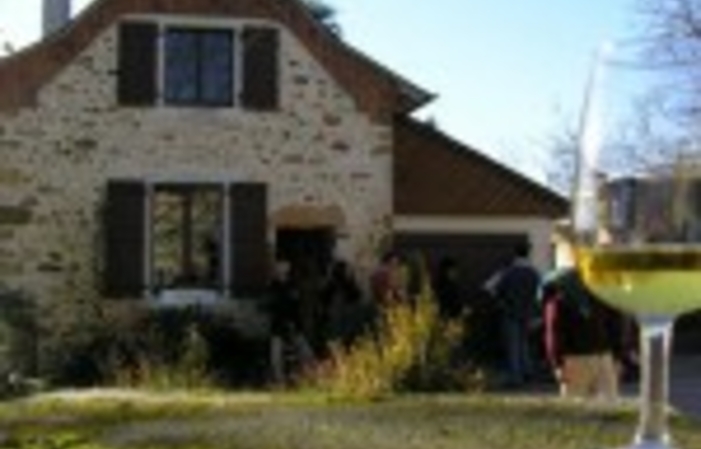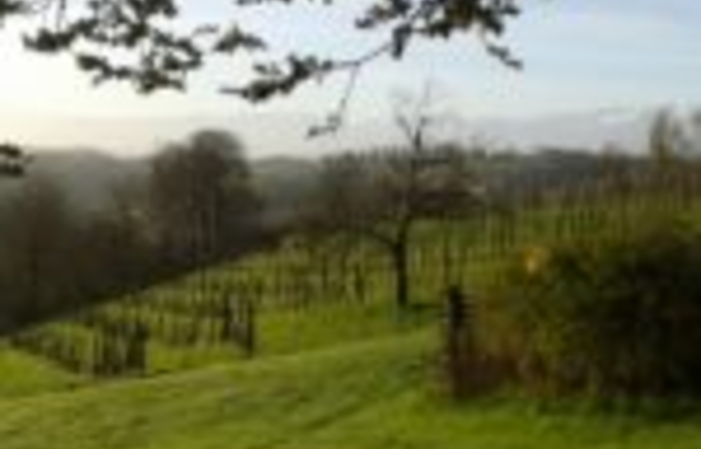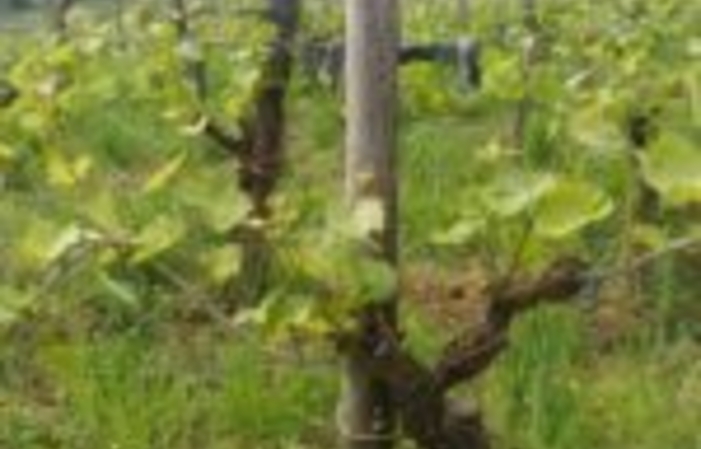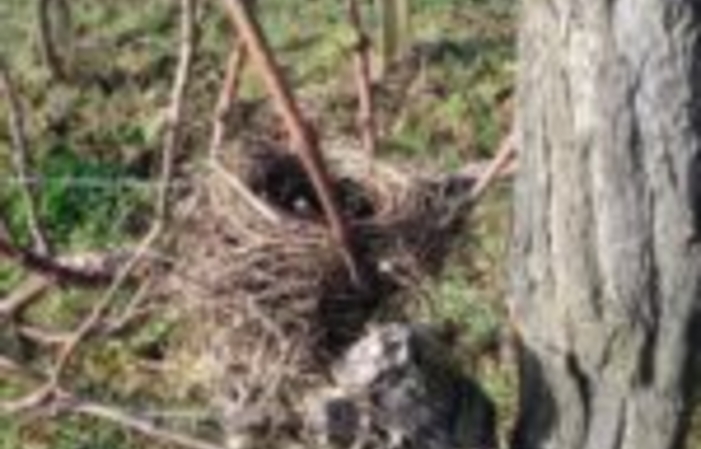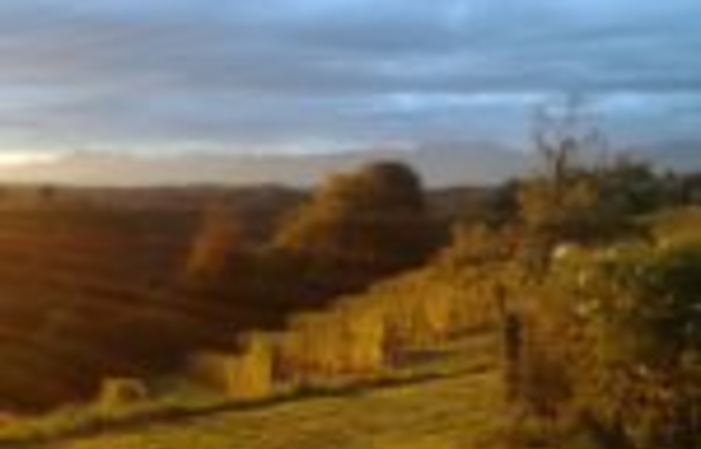Description
9.5 ha of vines certified in Organic Agriculture (by Agrocert FR Bio 16), including 4 cultivated in terraces planted Gros Manseng 27%, Petit Manseng 65%, Petit Courbu and Camaralet 8%.
2.5 ha in conventional grape purchase (vineyards of Christian Pédeflous & Philippe Vignau in Chapelle de Rousse, Sylvie and David Lacazette in St Faust), 90% Gros Manseng, 10% of Petit Manseng, on an orientation to aesthetics and very rare potential, or 35000 ltches / year.
Vineyard of hillsides (300m above sea level). Pièmont of the Pyrenees. Clay-siliceous soils on subsoils of altered puddings.
We would be
delighted to welcome you to make you discover the Château or estate and its history and the work done for the elaboration of our wines!
Looking forward to finding you quickly at the domaine camin larredya
Rules and conditions
The visits at 1€ mean that they are carried out free of charge by the winemaker. This amount is requested to ensure the seriousness of your request and avoid the winemaker to block a visiting slot unnecessarily.
In case of unforeseen events, we thank you for cancelling your visit to the platform and/ or notifying the winegrower directly.
Reservation policy
Cancellation policy: : Strict
Products offered for tasting:
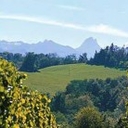
Domaine Camin Larredya Professional seller
History of our Pyrenean vineyardCopy of GRAPPE 04 14th century: mention is made of fire "Larredya" on the trail of Gaston Phoebus. 1900: Jean Grussaute buys the vineyard and the farm "Larredya" to... See more
History of our Pyrenean vineyardCopy of GRAPPE 04 14th century: mention is made of fire "Larredya" on the trail of Gaston Phoebus. 1900: Jean Grussaute buys the vineyard and the farm "Larredya" to satisfy his dream of returning to the land, the smallness of the native farm of Arthez had first pushed him towards the profession of innkeeper coachman, rue Carnot in Pau. Mid-19th century: François and Sophie Grussaute turn to cattle breeding and fruit tree cultivation. 1964: Jean & Jany Grussaute launch the production of strawberries on the hillsides with vines, where the micro climate will ensure a production of high quality. 1970: They begin to rebuild the vineyard with terraced plantations of big and small manseng, the grapes will be delivered in part to the cooperative. 1975: Introductory course in oenology and first bottling at the property. 1983: Disappearance of Jean and abandonment of strawberry farming. Jany will maintain the vineyard of 4ha and vinify part of the grapes. 1988: Arrival of Jean-Marc (20 years old), their son, on the vineyard after studies in viticulture and oenology. Withdrawal from the cooperative and start of a new planting program. Jurançon: Pyrenean genesis Béarn is exceptional, in the literal sense of the term, the atmosphere is unique, the colors, the relief, the climate, the people and their character, everything is different and remarkable. Balance is the common denominator of everything that makes up this land of peace and well-being. The mountain puts its imprint on the shared destiny: the climate is mild, southern and Atlantic, the land is generous and fertile in food, and in identities, men cultivate weighting. The collective and ancestral intelligence took care to make a vineyard like no other. In this climate conducive to all the eruptions of lives, record of mild temperatures but also of water resources, it was necessary to invent the adapted grape variety: the petit manseng. To Camin Larredya, with admiration, but also the touch of devotion that arouses this exclusive heritage, we try to cultivate respect for this filiation by the permanent attention to detail, at the same time as we cultivate our vine. Béarnaise's identity is part of a quality ambition: what a beautiful way of life. Welcome to Béarn. Jean-Marc Grussaute See less

- ID Card:
- Email:
- Already rent:


